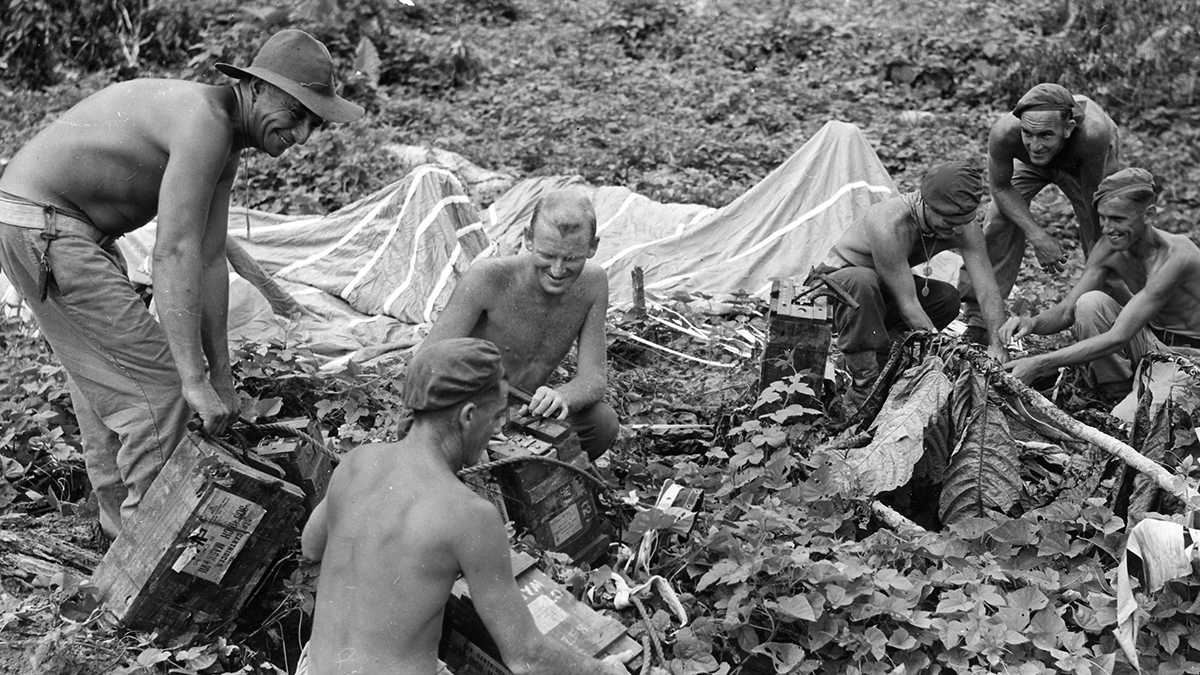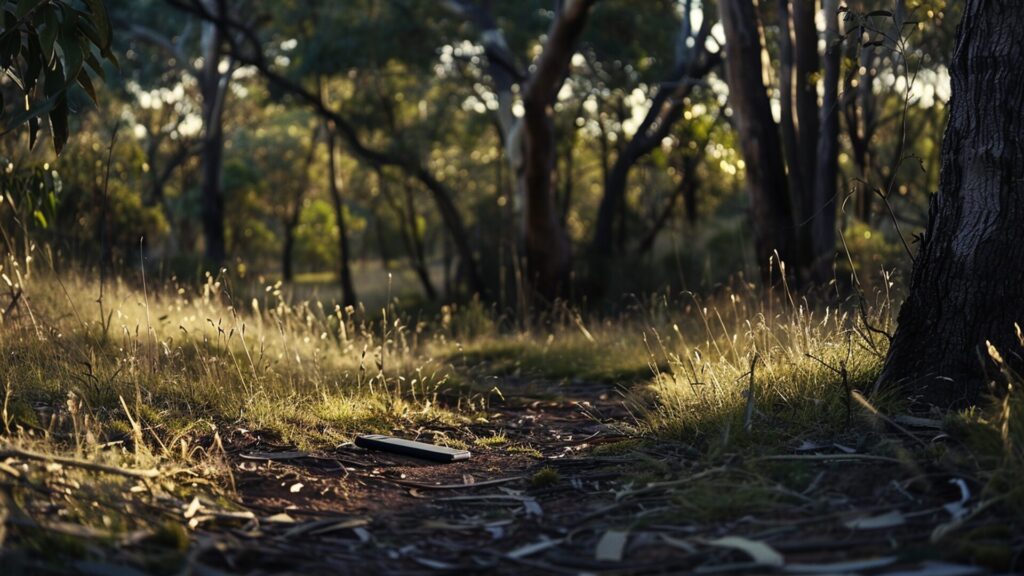Tom “Rusty” Richards ought to be a household name in Australia. As a backrower in the pre-World War I Wallabies rugby union team, his fast and fluid style of play, so advanced for its time, would perfectly suit the modern game. He won a gold medal at the 1908 London Olympics as a member of the Wallabies and later played for the British Lions against South Africa—the cup contested between the Lions and the Wallabies is named after him, the only man to have represented both sides. In 1914, he enlisted in the Australian Imperial Force (AIF) as a stretcher-bearer, working at Gallipoli before being commissioned lieutenant and winning the Military Cross for “conspicuous gallantry and devotion to duty” at the Battle of Arras. Prominent rugby journalist Greg Growden has published a biography and the Great War diaries of this hero of both playing and battle fields.1
John Linton Treloar also holds a prominent place in Australian history. Having served with the AIF in various staff positions, he became “the driving force behind the establishment of the Australian War Memorial,”2 working with single-minded devotion for more than 30 years to ensure the creation, survival, prosperity and sound organisation of Australia’s central monument to the Anzac legacy. Without him, perhaps the single most resonant national institution would not exist.
Benjamin Bennett Leane was adjutant of the famous 48th Battalion, commanded by his brother, Raymond, and with other relatives scattered through its ranks. Punsters nicknamed it the “Joan of Arc Battalion” (made of all-Leanes), and Ben carved out a distinguished career in its ranks before being killed at the First Battle of Bullecourt in April 1917.
John Gotch Ridley signed up as a private in the AIF and rose to be a respected platoon sergeant before being commissioned lieutenant. In World War II, he gave distinguished service as a chaplain to the forces. In the meantime, he had become a prominent evangelist and was responsible for inspiring former alcoholic Arthur Stace to chalk the word, “Eternity”, in beautiful copperplate handwriting across the streets of Sydney, thus founding the legend of “Mr Eternity”, an inspiration for generations to come. [pullquote]
Albert Ernest Coates served as a medical orderly in the AIF until his extraordinary gift for languages brought him to the attention of General John Monash to work in the intelligence branch. Between the wars, he became a respected surgeon and served as such in the Second AIF, being captured by the Japanese when Singapore fell in February 1942. His resourceful leadership and enthusiasm in the makeshift hospitals on the notorious Burma–Thai railway made him a legend and inspiration for the Australian prisoners of war. Postwar, he was knighted for his services to veterans. The better-known “Weary” Dunlop, who worked under his command in the camps, said of Sir Albert at his funeral, “It is hard to imagine a man more fitted to be the image of a true Australian or a man more suitable as an Ambassador for our Nation.”3
What these five men have in common apart from their prominent and distinguished service in and out of the AIF was that they recorded aspects of their spiritual journey in their war diaries and letters. The Australians by reputation were not a religious bunch, yet five of their prominent members engaged voluntarily with matters of belief. What may surprise many is that they were not rare: of the roughly 1000 soldiers whose diaries and letters I read for my new book, Anzac Spirituality, more than 300 recorded spiritual activities and commentary—a remarkably high number, given the virtually unquestioned belief in the secularity of the AIF.
While I use a variety of sources, I draw the bulk of my evidence from the diaries and letters of these 1000 soldiers—the same sample size as academic historian Bill Gammage used in his pioneering study, The Broken Years: Australian Soldiers in the Great War. Yes, I’ve had to be careful about using personal correspondence as a historical source. But it is good material.
The soldiers use their diaries and letters to comment frequently on matters of morale and spirit, capturing that unique bond common to comrades-in-arms of all armies in all ages, which emerges in the AIF under the specifically Australian label of mateship. Emotions of exhilaration and despair, hope and passion, are marked across these yellowing and often brittle pages in scrawling ink and fading indelible pencil.
Anzac has become the spiritual core of what it means to be Australian. Anzac Spirituality reveals something of the spiritual core of the Anzacs themselves.
Daniel Reynaud is Associate Professor of History, Discipline of Humanities and Creative Arts at Avondale College of Higher Education.






